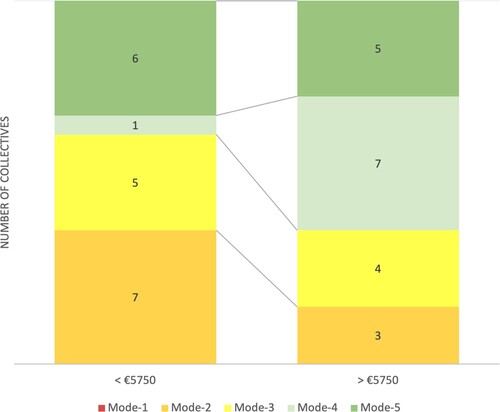Figures & data
Figure 1. Framework: three categories and criteria of the professionalization of farmer collectives.

Figure 2. The degree of professionalization of the 38 farmer collectives. The number of collectives rated in mode-1) very poor (red); mode-2) poor (orange); mode-3) fair (yellow); mode-4) good (light green); mode-5) excellent (dark green) based on the assessment framework.
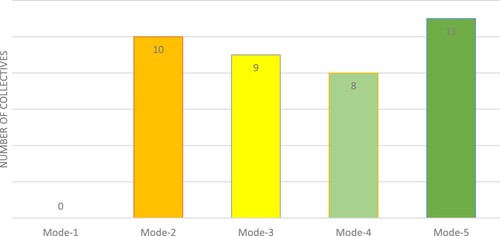
Table 1. The average results of the assessment of the professionalization criteria for all 38 collectives expressed as the mode of scores: (1) very poor (red); (2) poor (orange); (3) fair (yellow); (4) good (light green); (5) excellent (dark green).
Figure 3. Differences in the degree of professionalism of the 38 collectives based on history (presence of Local Environmental Cooperatives (LECs)) expressed in terms of the mode: (1) very poor (red); (2) poor (orange); (3) fair (yellow); (4) good (light green); (5) excellent (dark green).
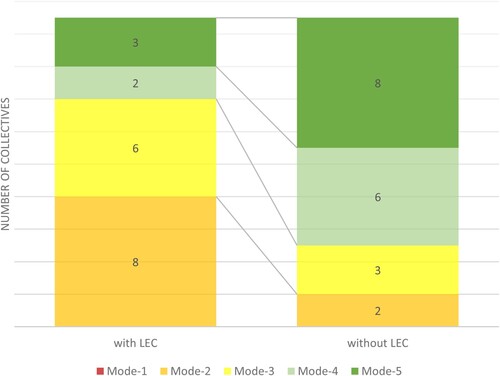
Figure 4. Differences in professionalism of the 38 collectives based on scale (number of members) expressed in terms of the mode: (1) very poor (red); (2) poor (orange); (3) fair (yellow); (4) good (light green); (5) excellent (dark green).
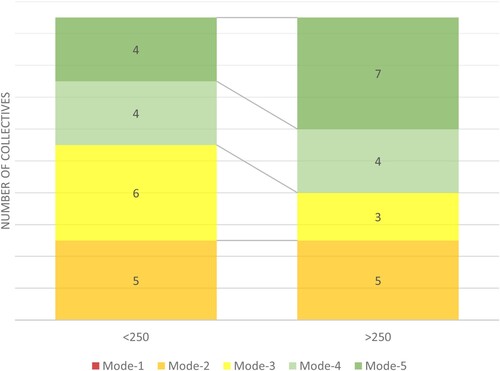
Figure 5. Differences in professionalism of the 38 collectives based on resources (available budget) expressed in terms of the mode: (1) very poor (red); (2) poor (orange); (3) fair (yellow); (4) good (light green); (5) excellent (dark green).
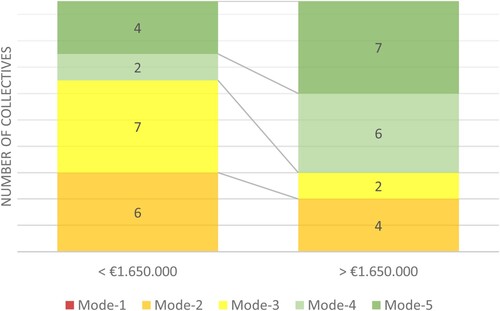
Figure 6. Differences in professionalism of the 38 collectives based on resources per member expressed in terms of the mode: (1) very poor (red); (2) poor (orange); (3) fair (yellow); (4) good (light green); (5) excellent (dark green).
